The Towhee is a group of songbirds in two different taxonomic genuses, the Melozone genus and the Pipilo genus. There are nine different species of Towhees in these two genuses.
The Eastern Towhee is the most common and well-known species in the group. For this reason, in this article we will focus specifically on this species. Read on to learn about the Towhee.
Description of the Towhee
This Towhee species is relatively small, with a long tail and a short triangular beak. Easterns measure about seven inches long, and weigh about an ounce.
Their plumage is quite unique. Male Easterns have black feathers on their heads, necks, backs, tails, and wings. The feathers on their sides are reddish-orange, and their underbellies are white. Females have similar color, but are dark brown instead of black.
Interesting Facts About the Towhee
These little birds have a number of unique and interesting adaptations. Learn more about Towhees below.
- Not So Social – Unlike some other songbird species, these are not very social. Outside of the breeding season, they do not interact with other members of their species. Even when the breeding season arrives, it takes a while for males to warm up to, and accept the females.
- Antagonists – When an intruder enters a Towhee’s territory, this species performs a number of behaviors to ward off the unwanted guest. They lift and drop their wings, flick their tails, and spread their tails, to show their agitation.
- Justified Defenses – It turns out that being overly cautious is a good thing for these birds. These birds frequently fall victim to cowbirds. Not as prey, however, but as unsuspecting parents! Cowbirds sneak into the Towhee territories when they are not looking, push an egg out of the Towhee’s nest, and replace it with their own.
Habitat of the Towhee
These birds live among dense shrubs and bushes. They prefer foraging in areas with plenty of dead leaves, which they scratch and toss in search of insects.
Some of their favorite habitat types are woodlands, thickets, and forest edges. They live in both lowland and mountainous areas. These little birds also frequent backyards, especially those with a variety of plants and bushes.
Distribution of the Towhee
The different Towhee species live across North America and into Central America. As their name suggests, Eastern Towhees live in the eastern United States. Their range extends from the farthest southern reaches of Canada through the United States to Florida, along the Gulf Coast, and into Mexico.
The westernmost extent of their range runs from Texas to the Canadian-United States border. In the southeast, their populations remain year-round, while the northern residents migrate south for the colder months.
Diet of the Towhee
This bird is omnivorous, which means they eat both plants and animals. However, being quite small the carnivorous portion of their diet is usually insects and invertebrates. They hunt for snails, spiders, ants, centipedes, crickets, caterpillars, bees, beetles, wasps, and just about anything they can catch.
These birds also forage for seeds, berries, nuts, fruits, and flowers. Most of their foraging occurs on the ground, where they scratch and shuffle about the leaf litter.
Towhee and Human Interaction
The Eastern Towhee currently has a large population, and the IUCN lists this species as Least Concern. In some regions, their populations are higher than others, and in some regions they are rare. However, the population as a whole is stable, and their overall numbers are not decreasing.
Domestication
Humans have not domesticated Towhees in any way.
Does the Towhee Make a Good Pet
No, these birds do not make good pets. Throughout most of their range, the Migratory Bird Treaty Act protects them from harassment, capture, and harm. This means it is illegal to own one as a pet.
Towhee Care
Towhees live in some zoos, though they are not commonly kept in human care. The Tennessee Aquarium keeps these birds in a large aviary-style walk through enclosure. They share this home with many other species of birds, along with a number of turtles and fish.
Aviary enclosures commonly feature water bodies in the form of ponds, streams, and even waterfalls in the case of the Tennessee Aquarium. Zookeepers attempt to match their wild diet as closely as possible by feeding them a variety of seeds, berries, fruits, insects, and invertebrates.
Behavior of the Towhee
This species is diurnal, and primarily active during the day. They usually spend their days hopping about on the ground in search of food, or lithely moving through the branches of small shrubs.
These birds are less than welcoming neighbors. If another Towhee enters this bird’s territory, it chases the intruder away, even if it is the opposite sex. Their territories are surprisingly large, and contain several different foraging areas or food sources.
Reproduction of the Towhee
Once males get over the intrusion on their space, they remember why the female is there in the first place. The female constructs a small nest made of leaves, bark, and even string. Once she is finished, she lays an average of four eggs, which she incubates for around two weeks.
Even though the young are completely helpless when they hatch, they develop quickly. It takes less than two weeks for the young to leave the nest.

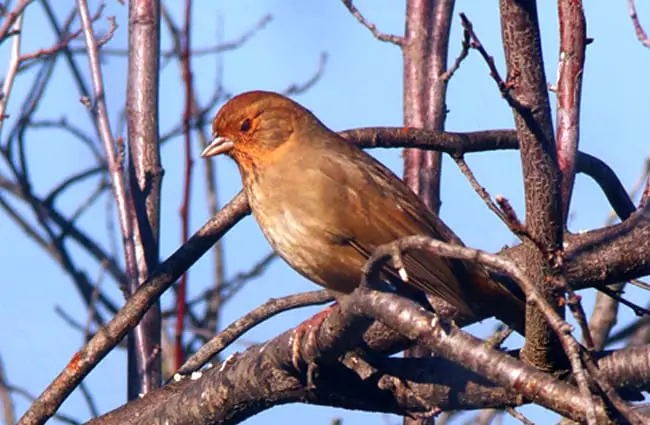
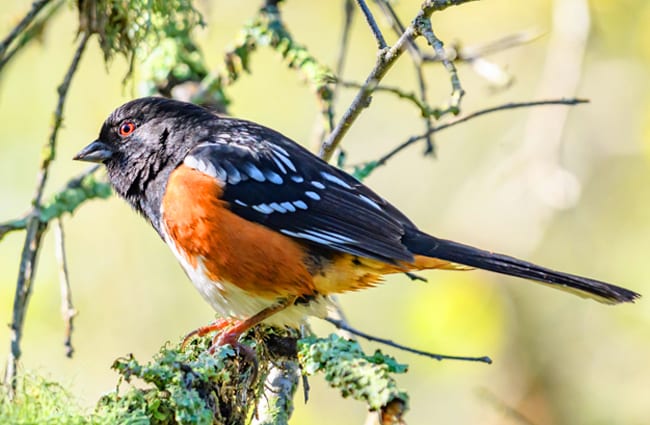
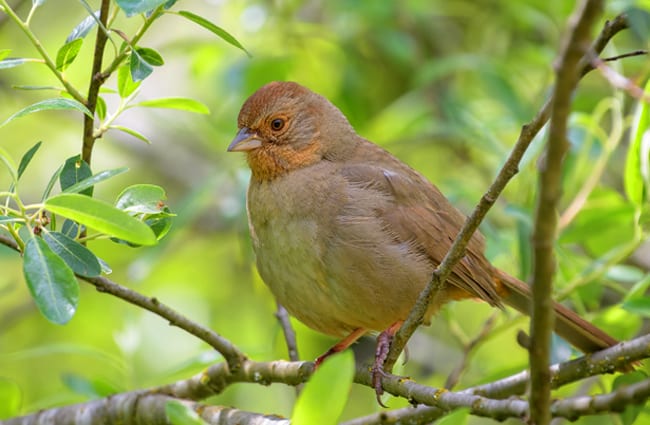


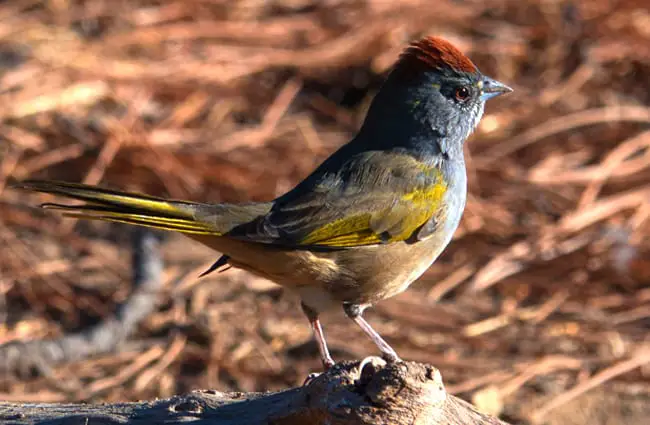
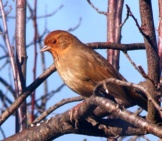

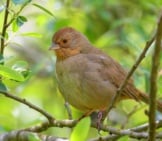

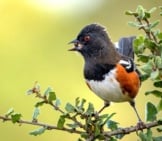
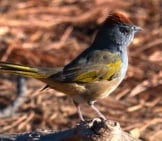
![Red Angus Closeup of a beautiful Red Angus cowPhoto by: U.S. Department of Agriculture [pubic domain]https://creativecommons.org/licenses/by/2.0/](https://animals.net/wp-content/uploads/2020/03/Red-Angus-4-238x178.jpg)












![Red Angus Closeup of a beautiful Red Angus cowPhoto by: U.S. Department of Agriculture [pubic domain]https://creativecommons.org/licenses/by/2.0/](https://animals.net/wp-content/uploads/2020/03/Red-Angus-4-100x75.jpg)

